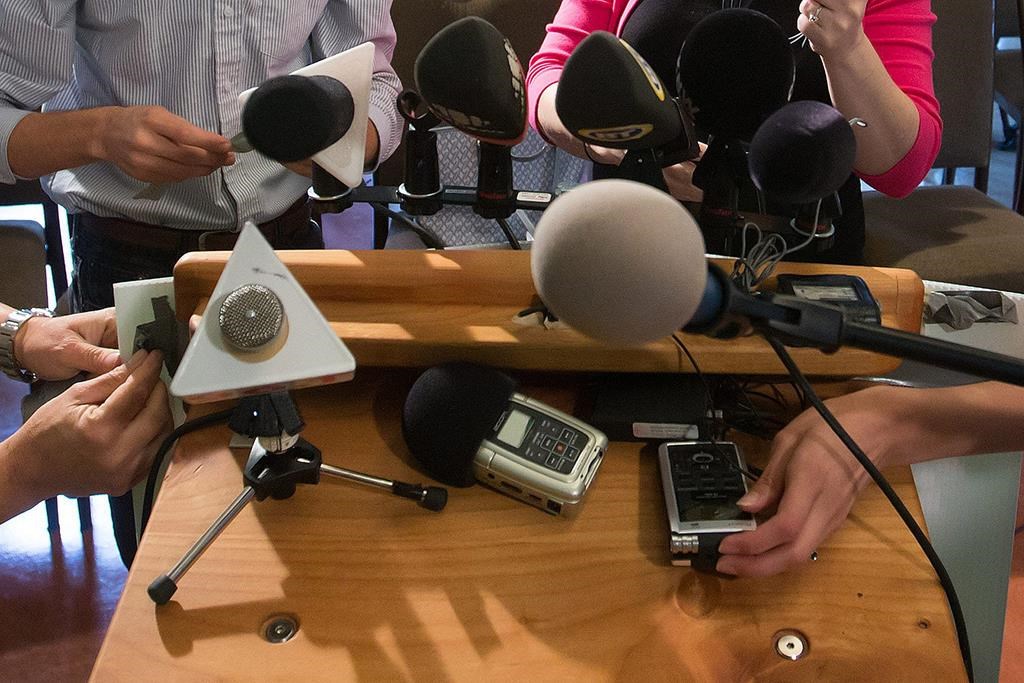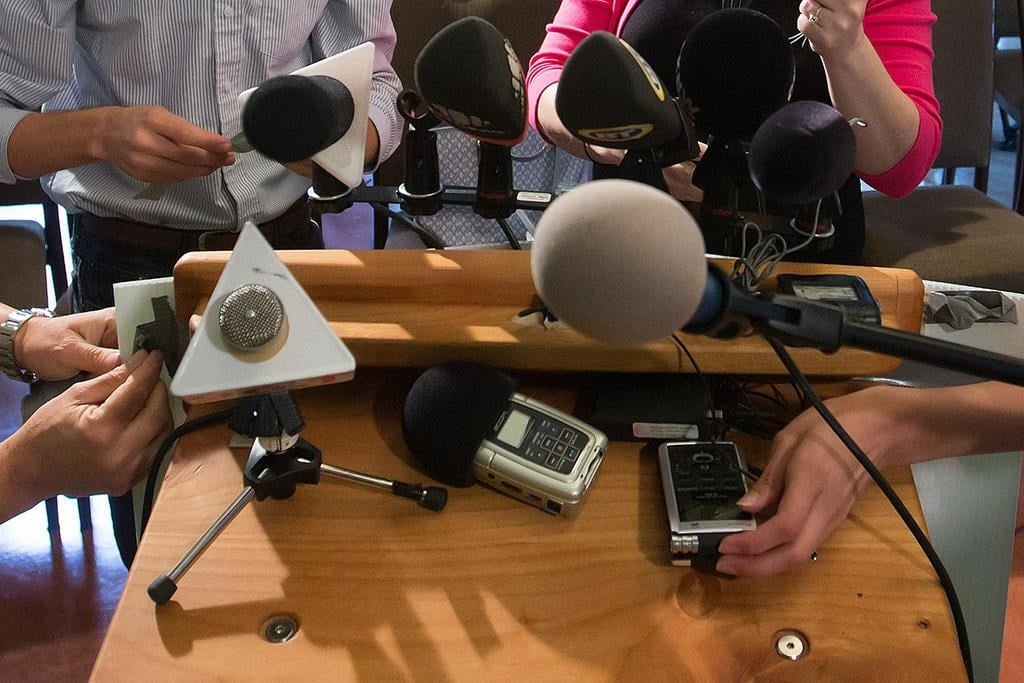
All you need to know about getting a home equity loan
Jessica Kirsh / Shutterstock
Considering borrowing against home equity? Why a home equity loan can be an ideal way to help you reach your goals. We’re sharing everything you need to know about home equity loans, including how to get one and the best ways to use it.
If you find yourself in need of a large amount of money for things like kitchen renovations or a new car, your options are typically credit cards or an unsecured line of credit. But if you’re a homeowner, and you’ve been dutifully paying off your mortgage for a few years, you have a third option: using your home’s equity to secure a low-interest loan.
This type of loan is called a home equity loan and includes several different styles of loans, such as revolving credit loans (called Home Equity Lines of Credit or HELOCs) and reverse mortgages. Whether you can access these types of loans depends on how much equity you have in your home.
What is home equity?
Home equity is the portion of your home’s value that isn’t encumbered by a mortgage. For example, if you purchased a home for $450,000, and you had a 20% down payment of $90,000, then you’d need a mortgage for the remaining value of the home, or $360,000. Your equity in your home is the difference between the value of the home and the mortgage, or in this case, $90,000.
Home equity
The longer you live in your home, the more equity you’ll have. There are two primary ways to increase the equity in your home, and both of them happen without any effort at all:
- 1.
Paying off your mortgage which will reduce your debt owing
- 2.
The value of your home increasing over time
As you uncover more equity in your home, some of it can be used as collateral for a home equity loan.
What is a home equity loan?
A home equity loan is just like any other loan, except you use your home’s equity as collateral to secure the loan. Since you are using an asset to guarantee the debt, the amount you can borrow can be quite large, and the interest rates are extremely low – much lower than credit cards or personal lines of credit.
There are several different types of home equity loans, but most of them fall into one of the following two categories:
- Lump-sum payment: With this style of loan, you receive a large lump sum payment all at once and pay back the amount over time at a set interest rate.
- HELOC: A HELOC is similar to an unsecured line of credit in that you can borrow all or some of the maximum limit, pay back the debt, and then borrow again at a later date.
Pros and cons of a home equity loan
A home equity loan can be an excellent source of cash, but it also has some drawbacks.
Pros
-
You can use the money for any reason, from kitchen renovations to sending a child to college
-
You can choose between receiving a lump sum now, a revolving credit line, or even a reverse mortgage which requires no payments until you sell your home
-
With a HELOC you can access your funds through credit cards and cheques
-
Interest rates are much lower than unsecured loans and credit cards, making a HELOC an excellent emergency source of cash
Cons
-
HELOC interest rates are variable, which means they fluctuate with Canada’s prime interest rate
-
HELOCs can be frozen or “called in” at any time which means you may have to pay the loan back on short notice
-
If you can’t make your payments on your home equity loan, your lender could seize your home
-
You have to pay back your home equity loan, so you’ll need to factor those payments into your budget
Refinancing your home: How does a home equity loan work?
Many online mortgage lenders offer home equity loans in Canada. You can borrow up to 65% of your home’s value for a HELOC, and up to 80% of the value for a home equity loan, minus the remaining mortgage balance.
For example, if your home is worth $350,000, and you owe $200,000 on the mortgage, the maximum you could borrow against your home is $80,000.
To qualify for a home equity loan, you’ll need at least 20% equity or more in your home. You’ll also need a debt-to-income ratio no higher than 43%. Your debt to income ratio is a calculation that lenders use to determine how much debt you can comfortably take on.
Once you apply for your loan, it can take several weeks to be approved and you’ll need to submit to a detailed check into your credit history and employment. Also, you may have to pay fees like appraisal fees, title search, title insurance, and legal fees.
If you are older than 55 and you’re retired, you may not want to or be able to take out a home equity loan. In this case, a reverse mortgage, which is a variation on a traditional home equity loan, could be a good choice.
What is a reverse mortgage?
There are two big drawbacks to a home equity loan. First, if you don’t have a regular income or you have a low credit score, you may not qualify. In this case, a reverse mortgage might make more sense. A reverse mortgage is a type of home equity loan. With a reverse mortgage, you still use your home equity as collateral to borrow money, and you are still charged interest on your loan. But the biggest difference is that you don’t have to pay back your loan until you sell your home.
You have to be at least 55 to qualify for a reverse mortgage, which makes this type of home equity loan ideal for retirees. Additionally, the most you can borrow through a reverse mortgage is 55% of your home equity, minus your outstanding mortgage, and you can choose either a lump-sum payment or a monthly stipend.
Pros and cons of a reverse mortgage
A reverse mortgage might sound like the perfect answer to your cash flow problems, but it does have several drawbacks.
Pros
-
You pay the loan back when you sell your home, not before
-
You don’t have to have a regular income or a good credit score
-
There are no scheduled monthly payments, so your budget will not change
-
Lets you capitalize on your home equity, without having to sell your home
Cons
-
The interest rate is higher than a regular home equity loan
-
No monthly payments mean the interest charges compound until paid off
-
You’ll pay fees to originate the loan
-
There are only two providers in Canada for reverse mortgages: HomeEquityBank (the Canadian Home Income Plan) and Equitable Bank (the PATH Home Plan). So your options are limited.
-
It is easy to deplete your home equity, potentially leaving your loved ones with no way to pay for your final expenses
Alternatives to a reverse mortgage in Canada
Before taking out a reverse mortgage, consider some of these other ways to unlock the equity in your home:
- Get a secured line of credit/HELOC: This type of borrowing is usually much cheaper than a reverse mortgage. You can access up to 65% of the equity in your home while you continue to live there and maintain ownership.
- Become a landlord: Turn your home into a source of income by renting out a room or a basement apartment.
- Downside: You could sell your home and buy a smaller place, move to a cheaper location or invest the equity and rent.
Home equity loan vs. reverse mortgage
If you’re considering a traditional home equity loan or a reverse mortgage, it’s important to consider your needs when choosing between the two. First, keep in mind that a traditional home equity loan or HELOC will have a lower interest rate than a reverse mortgage.
motusbank offers home equity loans for as low as 3.75%, whereas you’ll pay 5.5% or more for a reverse mortgage. That small difference in interest rates may not sound like much, but if you are borrowing tens of thousands of dollars over a long period, even a small interest rate difference will result in huge savings over the loan term. Another good option is a Flex-Equity Mortgage with Meridian. It combines a regular mortgage and pairs it with a Home Equity Line of Credit. As you pay down the principal of your home, this will free up some equity in the line of credit which will allow you to easily access the equity in your home for anything.
Secondly, the idea of not paying back your reverse mortgage immediately might sound appealing, but remember that you’ll have to pay the loan back when you sell your home, and the interest charges could seriously deplete your home equity.
Finally, a home equity loan requires a steady income and good credit. If you have bad credit, a reverse mortgage might be your only option. Or if you need a smaller amount of money, you could also apply for a loan with one of The best bad credit loans in Canada.
Make a choice and stick with it!
There are pros and cons to both a HELOC and a reverse mortgage. There’s no “right” choice and it really comes down to finding the best option to suit your circumstances. A home equity loan can be a great way to help you reach your goals, but at the end of the day, it’s your home that’s on the line. But if you’re over 55 years old and don’t have a steady income, a reverse mortgage might work better for you.
Whatever you choose, the important thing to remember is to borrow prudently, and factor in the repayments (whenever they may occur) to your current or future budget.
If you liked this article, you may also enjoy:
Disclaimer
The content provided on Money.ca is information to help users become financially literate. It is neither tax nor legal advice, is not intended to be relied upon as a forecast, research or investment advice, and is not a recommendation, offer or solicitation to buy or sell any securities or to adopt any investment strategy. Tax, investment and all other decisions should be made, as appropriate, only with guidance from a qualified professional. We make no representation or warranty of any kind, either express or implied, with respect to the data provided, the timeliness thereof, the results to be obtained by the use thereof or any other matter.





